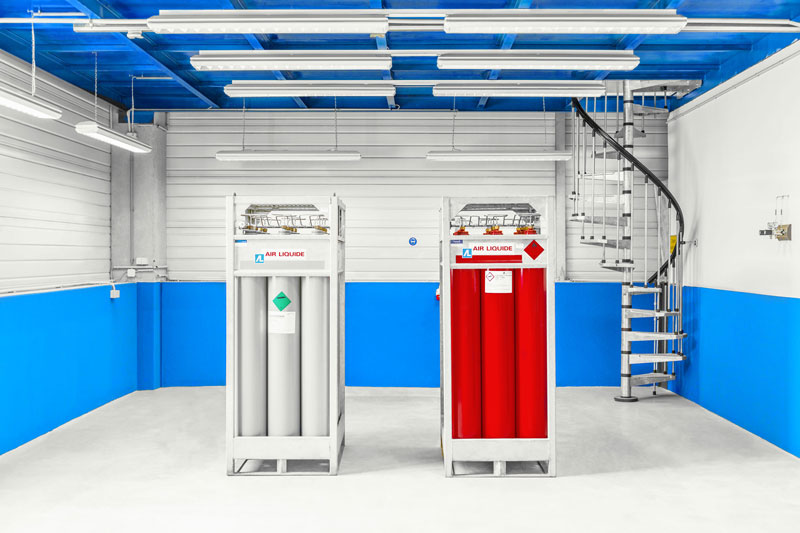A specially developed filtration system that adsorbs harmful nitrogen oxide from ambient air has successfully come through initial tests, and its capacity will now be enlarged. Produced by Austrian company Krajete GmbH, the system was installed in the German city of Heilbronn, where it filtered 1,500m3 of air per hour, but the capacity of the new model will be more than 15 times higher.

During the initial phase, the equipment ran for more than a year without the need for maintenance or repairs. This means the technology is ideally suited to permanent deployment in air purification solutions on major traffic routes where vehicle bans could be imposed. The long-term aim is to install the equipment in the exhausts of petrol and diesel vehicles, which will remain part of our lives for decades to come.
Nitrogen oxides (NOx) are harmful exhaust gases which at the same time have significant economic potential. Lower threshold values for these gases mean that more and more traffic arteries face the prospect of vehicle bans, but on the other hand NOx could serve as a cost-effective basis for mineral fertilizers. Although catalytic converters can help reduce NOx emissions, they do not do so to a sufficient extent, while the nitrogen which is given off could be used in agriculture. In this regard, the technology developed by Austrian company Krajete GmbH has stronger potential: it removes NOx from breathing air by binding it, a process called adsorption.
AIR CLEANING METHOD
The technology uses a naturally occurring mineral from the aluminum silicate class of chemical components, which binds NOx under certain conditions and extracts them from the air. “What sets our technology apart is that the filter material adsorbs nitrogen oxides both at very high and very low NOx concentrations,” says Alexander Krajete, founder and CEO of Krajete GmbH, outlining the development’s advantages. This is a fundamental requirement that needs to be met if the technology is to be used to clean ambient air (in which the NOx concentration is relatively low) and to purify vehicle exhaust fumes (which have high NOx concentrations).
A pilot system to clean ambient air in the German city of Heilbronn has been in operation for more than a year. Neither maintenance nor repair work has been necessary during this time. The local authority is testing various options which would avert the potential need for a vehicle ban on a key traffic route. Although the capacity of the system used in the test phase was small (1,500m3 of air/hour), it has removed several hundred thousand milligrams of NOx from the air. “If you consider that the NOx concentration in vehicle exhaust fumes is about 1,000 times higher, you can see the potential of this technology if it is installed directly at the place where the emissions are generated,” Krajete commented, looking back on a highly successful year of testing.
TAKE A DEEP BREATH
In response to the positive results of the initial trials, Krajete GmbH has decided to build a larger system which can filter a hefty 25,000m3 of air per hour. The system will be installed shortly, and the findings from its operation will feed into further development. This will involve examining the potential uses of the nitrogen bound by the aluminum silicate adsorber. In Alexander Krajete’s view, these include application as a plant nutrient: “Instead of producing nitrogen fertilizers from atmospheric nitrogen, which is a complex, energy-intensive and expensive procedure, we could use a very cheap source which doubles up as a means of purifying the air,” he says of this exciting new approach. His enthusiasm is shared by major German car manufacturers, which are carrying out detailed analysis of Krajete’s technology and are in talks with the company.